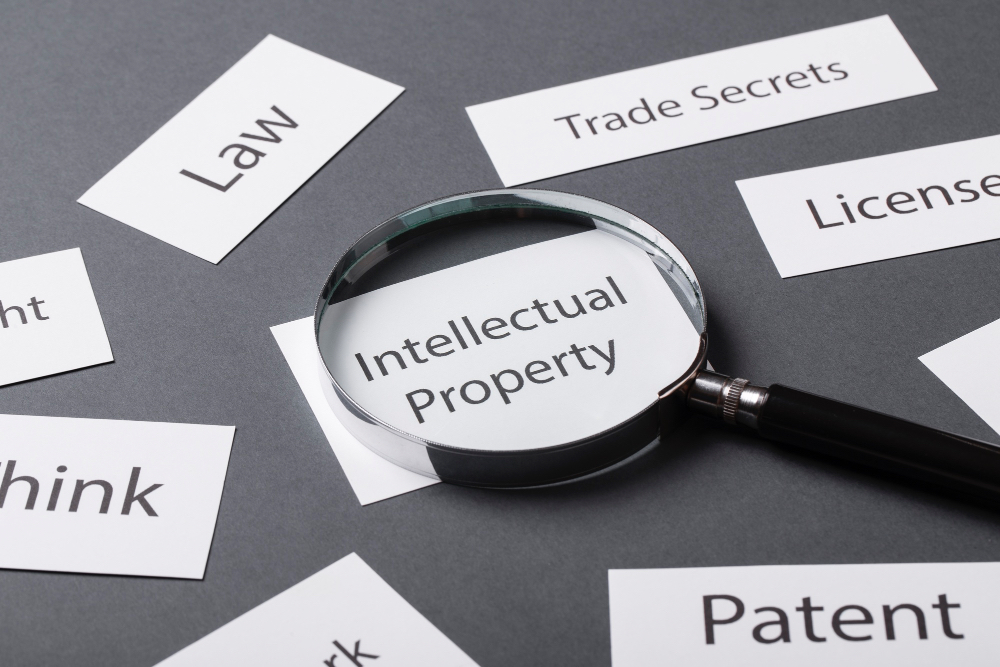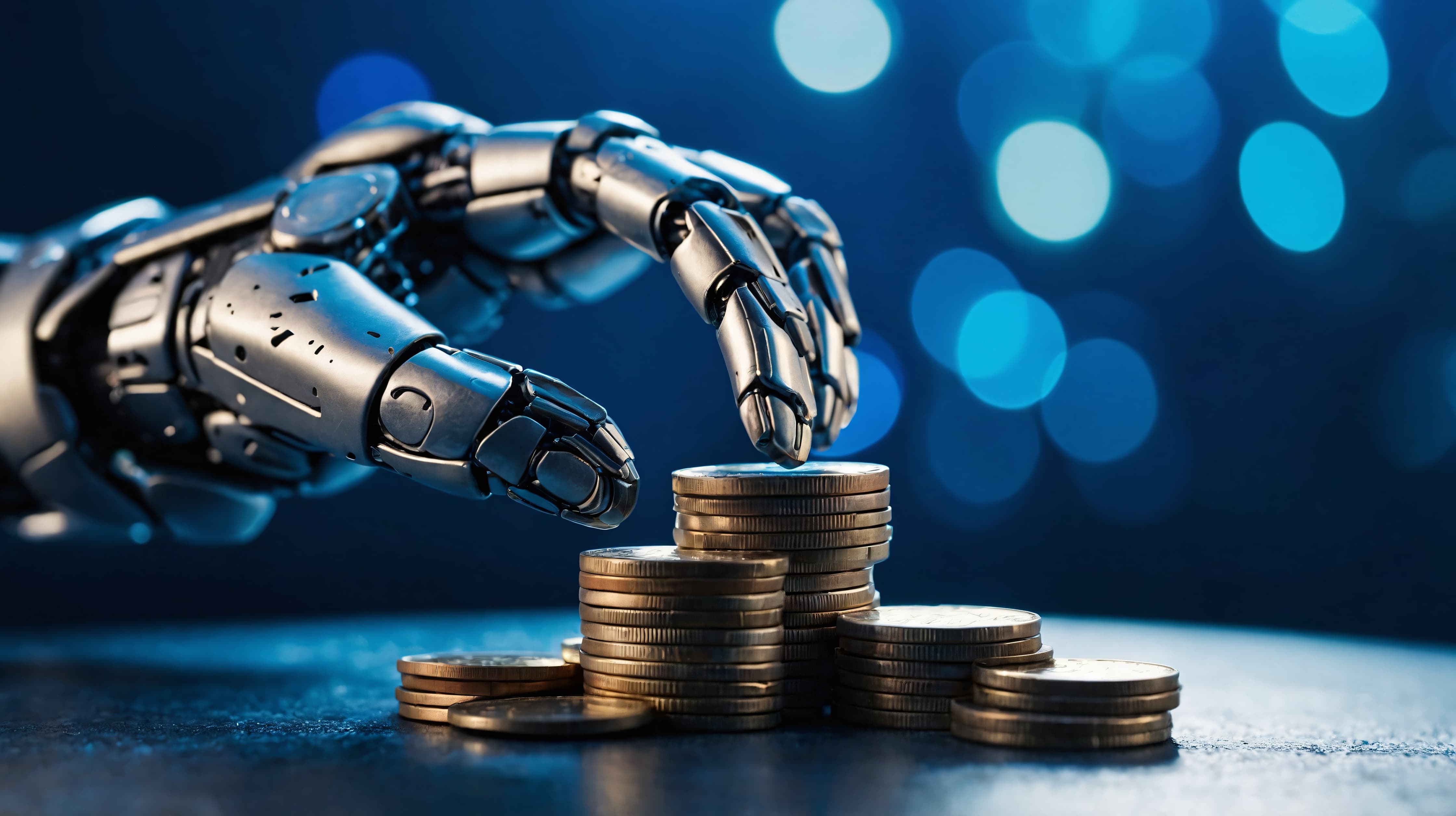From playrooms to global arenas
Video games have long since outgrown their roots as niche entertainment. What used to be arcades and casual play is now a global cultural phenomenon.
A recent systematic review of research argues that video games play a powerful role in cultural transmission. They allow players worldwide, regardless of language or origin, to absorb cultural, social, and historical references embedded in game narratives.
Importantly, games are not passive media. Their interactivity gives them unique persuasive power. As one academic work on ‘gaming in diplomacy’ puts it, video games stand out among cultural media because they allow for procedural rhetoric, meaning that players learn values, norms, and worldviews not just by watching or hearing, but by actively engaging with them.
As such, gaming has the capacity to transcend borders, languages and traditional media’s constraints. For many young players around the world, including those in developing regions, gaming has become a shared language, a means to connecting across cultures, geographies, and generations.
Esports as soft power and public diplomacy
Nation branding, cultural export and global influence
Several countries have recognised the diplomatic potential of esports and gaming. Waseda University researchers emphasise that esports can be systematically used to project soft power, engaging foreign publics, shaping favourable perceptions, and building cultural influence, rather than being mere entertainment or economic ventures.
A 2025 study shows that the use of ‘game-based cultural diplomacy’ is increasingly common. Countries such as Japan, Poland, and China are utilising video games and associated media to promote their national identity, cultural narratives, and values.
An article about the games Honor of Kings and Black Myth: Wukong describes how the state-backed Chinese gaming industry incorporates traditional Chinese cultural elements (myth, history, aesthetics) into globally consumed games, thereby reaching millions internationally and strengthening China’s soft-power footprint.
For governments seeking to diversify their diplomatic tools beyond traditional media (film, music, diplomatic campaigns), esports offers persistent, globally accessible, and youth-oriented engagement, particularly as global demographics shift toward younger, digital-native generations.
Esports diplomacy in practice: People-to-people exchange
Cross-cultural understanding, community, identity
In bilateral diplomacy, esports has already been proposed as a vehicle for ‘people-to-people exchange.’ For example, a commentary on US–South Korea relations argues that annual esports competitions between the two countries’ top players could serve as a modern, interactive form of public diplomacy, fostering mutual cultural exchange beyond the formalities of traditional diplomacy.
On the grassroots level, esports communities, being global, multilingual and cross-cultural, foster friendships, shared experiences, and identities that transcend geography. That moment democratises participation, because you don’t need diplomatic credentials or state backing. All you need is access and engagement.
Some analyses emphasise how digital competition and community-building in esports ‘bridge cultural differences, foster international collaboration and cultural diversity through shared language and competition.’

From a theoretical perspective, applying frameworks from sports diplomacy to esports, supported by academic proposals, offers a path to sustainable and legitimate global engagement through gaming, if regulatory, equality and governance challenges are addressed.
Tensions & challenges: Not just a soft-power fairy tale
Risk of ‘techno-nationalism’ and propaganda
The use of video games in diplomacy is not purely benign. Some scholars warn of ‘digital nationalism’ or ‘techno-nationalism,’ where games become tools for propagating state narratives, shaping collective memory, and exporting political or ideological agendas.
The embedding of cultural or historical motifs in games (mythology, national heritage, symbols) can blur the line between cultural exchange and political messaging. While this can foster appreciation for a culture, it may also serve more strategic geopolitical or soft-power aims.
From a governance perspective, the rapid growth of esports raises legitimate concerns about inequality (access, digital divide), regulation, legitimacy of representation (who speaks for ‘a nation’), and possible exploitation of youth. Some academic literature argues that without proper regulation and institutionalisation, the ‘esports diplomacy gold rush’ risks being unsustainable.
Why this matters and what it means for Africa and the Global South
For regions such as Africa, gaming and esports represent not only recreation but potential platforms for youth empowerment, cultural expression, and international engagement. Even where traditional media or sports infrastructure may be limited, digital games can provide global reach and visibility. That aligns with the idea of ‘future pathways’ for youth, which includes creativity, community-building and cross-cultural exchange.
Because games can transcend language and geography, they offer a unique medium for diaspora communities, marginalised youth, and underrepresented cultures to project identity, share stories, and engage with global audiences. In that sense, gaming democratises cultural participation and soft-power capabilities.
On a geopolitical level, as game-based diplomacy becomes more recognised, Global South countries may leverage it to assert soft power, attract investment, and promote tourism or cultural heritage, provided they build local capacity (developers, esports infrastructure, regulation) and ensure inclusive access.
Gaming & esports as emerging diplomatic infrastructure
The trend suggests that video games and esports are steadily being institutionalised as instruments of digital diplomacy, soft power, and cultural diplomacy, not only by private companies, but increasingly by states and policymakers. Academic bibliometric analysis shows a growing number of studies (2015–2024) dedicated to ‘game-based cultural diplomacy.’
As esports ecosystems grow, with tournaments, global fans and the cultural export, we may see a shift from occasional ‘cultural-diplomacy events’ to sustained, long-term strategies employing gaming to shape international perceptions, build transnational communities, and influence foreign publics.

However, for this potential to be realised responsibly, key challenges must be addressed. Those challenges include inequality of access (digital divide), transparency over cultural or political messaging, fair regulation, and safeguarding inclusivity.
Would you like to learn more about AI, tech and digital diplomacy? If so, ask our Diplo chatbot!


































